Introduction to Oyster Mushrooms
Oyster mushrooms (Pleurotus species) represent one of the most versatile and widely cultivated mushroom varieties in the world. Named for their oyster-shaped caps and delicate flavor profile, these fungi have gained immense popularity among home growers, commercial cultivators, and culinary enthusiasts alike. Their rapid growth rate, minimal maintenance requirements, and impressive nutritional profile make them an excellent choice for anyone interested in mushroom cultivation.
These distinctive fungi grow naturally on dead or decaying wood in forests across the globe, forming shelf-like clusters with fan-shaped caps. Their colors range from subtle white and gray to vibrant yellow, pink, and even blue, depending on the specific variety. Beyond their aesthetic appeal, oyster mushrooms offer numerous health benefits and culinary applications that have contributed to their rising popularity in recent years.

Types of Oyster Mushrooms
Several varieties of oyster mushrooms exist, each with unique characteristics and growing requirements. Understanding these differences can help you select the right variety for your particular climate, growing method, and culinary preferences.
Pearl Oyster (Pleurotus ostreatus)
The pearl oyster mushroom is perhaps the most common and widely cultivated variety. Characterized by its grayish-blue to white coloration and robust growth habits, this variety thrives in cooler temperatures between 45-65°F (7-18°C). Pearl oysters are known for their mild flavor and meaty texture, making them extremely versatile in the kitchen.
Golden Oyster (Pleurotus citrinopileatus)
With their vibrant yellow caps and delicate, frilly appearance, golden oysters add a striking visual element to any dish. They prefer warmer temperatures around 70-85°F (21-29°C) and offer a more complex flavor profile with nutty, citrusy notes. These mushrooms are particularly popular in Asian cuisine.
Pink Oyster (Pleurotus djamor)
The pink oyster mushroom stands out with its vibrant pink to salmon-colored caps. This fast-growing variety thrives in warm environments (75-85°F or 24-29°C) and has a notably short shelf life compared to other oyster varieties. Pink oysters possess a stronger, somewhat woody flavor that some compare to bacon when cooked, making them popular among vegetarians seeking savory substitutes.
Blue Oyster (Pleurotus columbinus)
Blue oysters display a striking indigo to grayish-blue coloration when young, though they fade to a more subdued gray as they mature. They prefer cooler temperatures similar to pearl oysters and offer a milder flavor profile. Their firm texture holds up well in cooking, making them suitable for a wide range of culinary applications.
King Oyster (Pleurotus eryngii)
Unlike other oyster varieties that grow in clusters, king oysters produce large individual mushrooms with thick, meaty stems and relatively small caps. They're prized for their firm, meaty texture and umami-rich flavor. King oysters require more precise growing conditions than other varieties but reward growers with their exceptional culinary versatility and longer shelf life.

Nutritional Profile of Oyster Mushrooms
Oyster mushrooms are not just delicious; they're also packed with essential nutrients that contribute to overall health and wellbeing. These fungi offer an impressive nutritional profile that makes them a valuable addition to any diet.
Macronutrients
Oyster mushrooms are naturally low in calories, with approximately 30 calories per 100 grams of fresh mushrooms. They contain minimal fat and are cholesterol-free, making them an excellent choice for heart-healthy diets. Despite their low calorie content, oyster mushrooms provide a surprising amount of protein, containing all nine essential amino acids required by the human body.
Fiber Content
These mushrooms are an excellent source of dietary fiber, particularly beta-glucans, which have been associated with improved immune function and cholesterol management. A 100-gram serving provides approximately 2-3 grams of fiber, contributing to digestive health and promoting a feeling of fullness.
Vitamins
Oyster mushrooms contain a range of essential vitamins, including:
- Vitamin D (especially when exposed to sunlight during growth)
- B vitamins (B1, B2, B3, B5, B6, B9)
- Small amounts of vitamins A and C
The B vitamin content makes oyster mushrooms particularly valuable for vegetarians and vegans, as these nutrients are commonly found in animal products.
Minerals
These mushrooms are rich in various minerals essential for health:
- Potassium
- Phosphorus
- Iron
- Zinc
- Copper
- Selenium
- Magnesium
The mineral content of oyster mushrooms contributes to their antioxidant properties and supports various bodily functions, from nerve transmission to immune response.
Health Benefits of Oyster Mushrooms
Beyond their impressive nutritional profile, oyster mushrooms offer specific health benefits that have been recognized in both traditional medicine and modern scientific research.
Immune System Support
Oyster mushrooms contain beta-glucans and other polysaccharides that have been shown to modulate immune function. These compounds may help activate macrophages, natural killer cells, and other components of the immune system, potentially enhancing the body's defense against pathogens.
Cholesterol Management
Studies have demonstrated that oyster mushrooms may help reduce LDL (bad) cholesterol levels while maintaining or increasing HDL (good) cholesterol. This effect is attributed to both the beta-glucans and statins naturally present in these mushrooms.
Anti-inflammatory Properties
The antioxidants and other bioactive compounds in oyster mushrooms exhibit anti-inflammatory effects, which may help reduce chronic inflammation associated with various health conditions, including arthritis and cardiovascular disease.
Blood Sugar Regulation
Some research suggests that oyster mushrooms may help improve insulin sensitivity and glucose metabolism, potentially benefiting individuals with diabetes or at risk for developing the condition.
Cancer-Fighting Potential
Preliminary studies indicate that certain compounds in oyster mushrooms may have anti-cancer properties, including the ability to inhibit tumor growth and induce apoptosis (programmed cell death) in cancer cells. However, more research is needed to fully understand these effects.
Antioxidant Activity
Oyster mushrooms contain various antioxidants, including ergothioneine and selenium, which help neutralize free radicals and reduce oxidative stress in the body, potentially slowing the aging process and reducing the risk of chronic diseases.

Cultivation of Oyster Mushrooms
One of the most appealing aspects of oyster mushrooms is their relative ease of cultivation compared to many other mushroom varieties. Whether you're a beginner or an experienced grower, these mushrooms offer a rewarding growing experience with a relatively quick time to harvest.
Growing Requirements
Oyster mushrooms have several basic requirements for successful cultivation:
- Substrate: They can grow on various materials rich in cellulose, including straw, coffee grounds, wood chips, paper, and agricultural waste.
- Temperature: Different varieties have different temperature preferences, generally ranging from 45-85°F (7-29°C).
- Humidity: High humidity (80-95%) is essential, especially during the fruiting stage.
- Indirect light: Unlike plants, mushrooms don't photosynthesize but do need some indirect light to trigger fruiting and develop properly.
- Fresh air: Adequate ventilation is crucial to prevent high CO2 levels, which can result in stunted growth.
Cultivation Methods
Several methods are available for growing oyster mushrooms, varying in complexity and scale:
Grow Kits
The simplest option for beginners, commercial grow kits provide a pre-inoculated substrate block that only requires proper environmental conditions to produce mushrooms. These kits typically yield 1-2 flushes (harvests) of mushrooms with minimal effort.
Bucket Method
A popular DIY approach involves drilling holes in a plastic bucket filled with pasteurized substrate (often straw or coffee grounds) and oyster mushroom spawn. This method is cost-effective and can produce multiple flushes over several months.
Bag Cultivation
Similar to the bucket method but using transparent plastic bags with small holes, this approach allows for better monitoring of colonization and can be scaled up more easily for higher production.
Log Cultivation
For a more natural approach, oyster mushroom spawn can be inoculated into hardwood logs, which will produce mushrooms periodically for several years. This method requires more patience but less ongoing maintenance.
Commercial Scale Production
Large-scale cultivation typically involves specialized equipment like laminar flow hoods for sterile work, autoclaves for substrate sterilization, and controlled environment rooms for optimal growing conditions.
Common Cultivation Challenges
While relatively forgiving, oyster mushroom cultivation can present several challenges:
- Contamination: Competing molds and bacteria can overwhelm mushroom mycelium, especially in non-sterile environments.
- Pest management: Fungus gnats and other insects may be attracted to the growing mushrooms.
- Environmental control: Maintaining proper humidity and temperature can be challenging without specialized equipment.
- Substrate selection: Different substrates can significantly affect yield and mushroom quality.
Harvesting and Storage
Proper harvesting and storage techniques are essential for maintaining the quality and extending the shelf life of oyster mushrooms.
When to Harvest
Oyster mushrooms are typically ready to harvest when:
- The caps are fully developed but still slightly convex (before they flatten or curl upward)
- The edges of the caps are still firm and not thin or wavy
- Spore production hasn't begun (indicated by a white dusty appearance beneath the caps)
Timing is crucial—harvesting too early results in underdeveloped mushrooms with less flavor, while harvesting too late leads to tougher texture and shorter shelf life.
Harvesting Techniques
To harvest oyster mushrooms properly:
- Grasp the cluster at the base where it connects to the substrate
- Twist and pull gently to remove the entire cluster at once
- Alternatively, use a sharp knife to cut the cluster at the base
- Avoid pulling individual mushrooms from the cluster when possible
Storage Methods
Fresh oyster mushrooms have a relatively short shelf life compared to commercial button mushrooms. To maximize freshness:
- Refrigeration: Store in a paper bag in the refrigerator to allow breathing while maintaining humidity, typically lasting 5-7 days
- Drying: Dehydrate completely and store in airtight containers for up to a year
- Freezing: Sauté briefly before freezing to preserve texture, good for up to 3 months
- Pickling: Preserve in vinegar solution for extended shelf life and unique flavor profile
Culinary Uses of Oyster Mushrooms
Oyster mushrooms are highly regarded in culinary circles for their versatility, texture, and ability to absorb flavors while maintaining their distinctive taste profile.
Flavor Profile and Texture
The flavor of oyster mushrooms can be described as:
- Mild and subtly sweet
- Somewhat anise-like or licorice notes in some varieties
- Slightly seafood-like undertones (hence the "oyster" name)
- More pronounced umami in king oysters
Their texture is uniquely:
- Tender yet meaty
- Slightly chewy when properly cooked
- Velvety and smooth in king oyster stems
- Variable depending on cooking method
Cooking Methods
Oyster mushrooms can be prepared using various cooking techniques:
Sautéing
Perhaps the most common method, sautéing quickly over high heat preserves texture and develops flavor through caramelization. Key tips:
- Use a hot pan with oil or butter
- Avoid overcrowding the pan
- Cook until golden brown and crisp at the edges
- Season after cooking to prevent mushrooms from becoming soggy
Roasting
Roasting intensifies flavor and creates delightful crispy edges:
- Toss with oil and seasonings
- Spread in a single layer on a baking sheet
- Roast at 400-425°F (205-220°C) for 15-20 minutes
- Turn halfway through for even browning
Grilling
Especially effective for larger varieties like king oysters:
- Brush with oil and seasonings
- Place directly on grill or use a grilling basket
- Cook 3-4 minutes per side until grill marks appear
- Great for adding smoky flavor
Stir-frying
The quick, high-heat method of stir-frying works beautifully with oyster mushrooms:
- Tear or slice into similar-sized pieces
- Cook in hot oil with aromatics like garlic and ginger
- Maintain movement in the pan to prevent sticking
- Add sauce at the end of cooking
Soups and Stews
Oyster mushrooms hold up well in liquid-based dishes:
- Add toward the end of cooking to prevent excessive softening
- Their absorbent nature makes them excellent for soaking up broth flavors
- Work particularly well in Asian-style soups and European cream-based soups
Popular Oyster Mushroom Recipes
The culinary versatility of oyster mushrooms has inspired countless delicious recipes across various cuisines.
Vegan Oyster Mushroom "Scallops"
King oyster mushroom stems, when cut into rounds and properly prepared, create a convincing plant-based alternative to scallops:
- Cut king oyster stems into 1-inch rounds
- Score one side in a crosshatch pattern
- Marinate briefly in tamari, lemon juice, and seaweed flakes
- Sear in hot oil until golden on both sides
- Serve with a lemon-garlic sauce over risotto or pasta
Crispy Oyster Mushroom "Fried Chicken"
This popular vegan alternative mimics the texture and satisfaction of fried chicken:
- Tear oyster mushrooms into large, chicken-like pieces
- Dip in plant milk mixed with apple cider vinegar
- Coat in seasoned flour mixture (paprika, garlic powder, herbs)
- Double-dip for extra crispiness
- Deep fry or air fry until golden and crispy
- Serve with your favorite dipping sauce
Asian-Inspired Oyster Mushroom Stir-Fry
A quick weeknight meal that highlights the mushrooms' natural flavors:
- Tear mushrooms into bite-sized pieces
- Stir-fry with minced garlic, ginger, and scallions
- Add soy sauce, rice vinegar, and a touch of maple syrup
- Finish with toasted sesame oil and sesame seeds
- Serve over steamed rice or noodles
Oyster Mushroom Pasta
A simple yet elegant dish that allows the mushrooms to shine:
- Sauté oyster mushrooms until golden brown
- Add minced garlic and fresh thyme
- Deglaze with white wine
- Toss with al dente pasta, pasta water, and a splash of cream
- Finish with grated Parmesan and black pepper
- Garnish with fresh herbs
Foraging for Wild Oyster Mushrooms
While cultivation provides a reliable source of oyster mushrooms, foraging for wild specimens can be a rewarding experience for mushroom enthusiasts.
Identification Tips
When foraging for wild oyster mushrooms:
- Look for shelf-like growth on dead or dying hardwood trees
- Check for gills that run down the stem (decurrent)
- Verify the white to lilac spore print
- Note the absence of a ring on the stem
- Confirm the distinctive oyster or fan shape
- Ensure proper identification with multiple field guides or expert consultation
Safety Considerations
Foraging requires careful attention to safety:
- Never consume wild mushrooms without 100% positive identification
- Be aware of look-alikes, particularly the toxic angel wings (Pleurocybella porrigens)
- Harvest only from unpolluted areas away from roads and industrial sites
- Consider the legality of foraging in your location (permits may be required)
- Start with small portions when trying a new wild mushroom species
Sustainable Harvesting Practices
Responsible foraging ensures continued mushroom populations:
- Take only what you need and can use
- Leave some mushrooms to mature and release spores
- Cut rather than pull mushrooms to minimize damage to mycelium
- Carry mushrooms in mesh bags to spread spores while walking
- Respect nature and leave no trace of your presence
Frequently Asked Questions About Oyster Mushrooms
Are oyster mushrooms safe to eat raw?
While technically edible raw, oyster mushrooms are best consumed cooked. Raw consumption may cause digestive discomfort in some individuals due to the chitin in their cell walls, which becomes more digestible through cooking. Additionally, cooking enhances their flavor and eliminates any potential pathogens.
How can I tell if oyster mushrooms have gone bad?
Spoiled oyster mushrooms will exhibit:
- Slimy texture
- Unpleasant, ammonia-like smell
- Dark or discolored spots
- Wrinkled, dry appearance When in doubt, follow the adage: "When in doubt, throw it out."
Can I grow oyster mushrooms without specialized equipment?
Absolutely! Basic oyster mushroom cultivation can be accomplished with minimal equipment using methods like the bucket technique or grow bags. Beginners can also start with commercial grow kits that require only basic monitoring of humidity and temperature.
Are there any side effects of eating oyster mushrooms?
Most people tolerate oyster mushrooms well, but some individuals may experience:
- Mild digestive discomfort if consumed in large quantities
- Allergic reactions (rare but possible)
- Respiratory sensitivity to spores during cultivation (known as "mushroom worker's lung") Those with mushroom allergies should exercise caution when trying oyster mushrooms for the first time.
How do oyster mushrooms compare to other common mushroom varieties?
Compared to button mushrooms (Agaricus bisporus), oyster mushrooms offer:
- Higher protein content
- More complex flavor profile
- Greater versatility in cooking applications
- Easier home cultivation
- Higher levels of certain nutrients and bioactive compounds
Conclusion
Oyster mushrooms represent an exceptional fusion of culinary versatility, nutritional benefits, and cultivation accessibility. Whether you're a home gardener looking to try mushroom growing for the first time, a chef seeking to expand your ingredient repertoire, or a health enthusiast interested in incorporating more functional foods into your diet, oyster mushrooms offer something valuable.
Their impressive adaptability—growing on various substrates and thriving in different environmental conditions—makes them an excellent entry point for sustainable food production. Meanwhile, their distinctive flavor profile and meaty texture provide endless culinary possibilities, from simple sautés to elaborate plant-based meat alternatives.
As interest in sustainable food systems, plant-based eating, and functional nutrition continues to grow, oyster mushrooms are likely to remain at the forefront of the mushroom revolution. Whether cultivated at home, purchased from local growers, or foraged from the wild (with proper identification), these remarkable fungi deserve a place in every food enthusiast's repertoire.


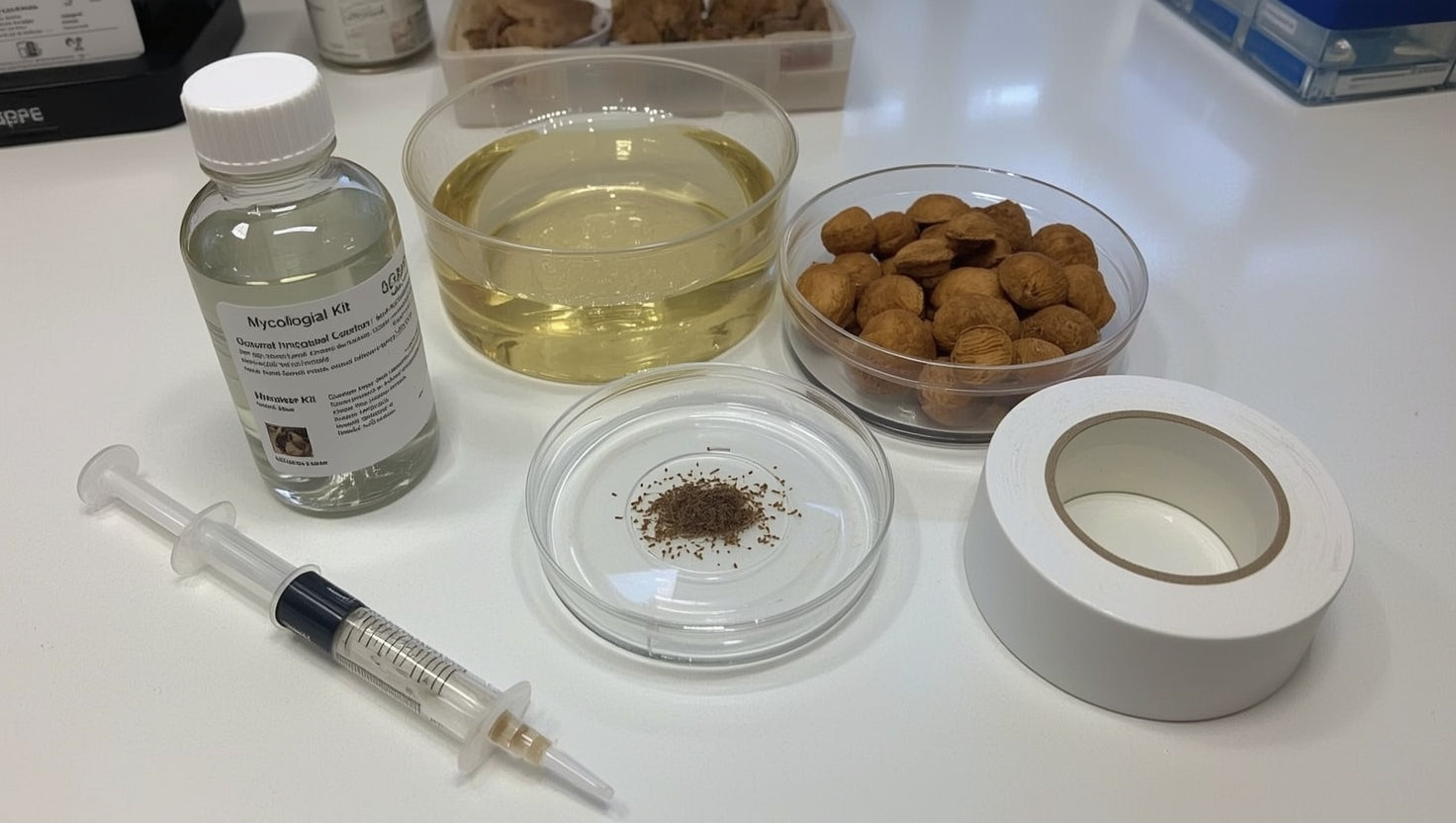
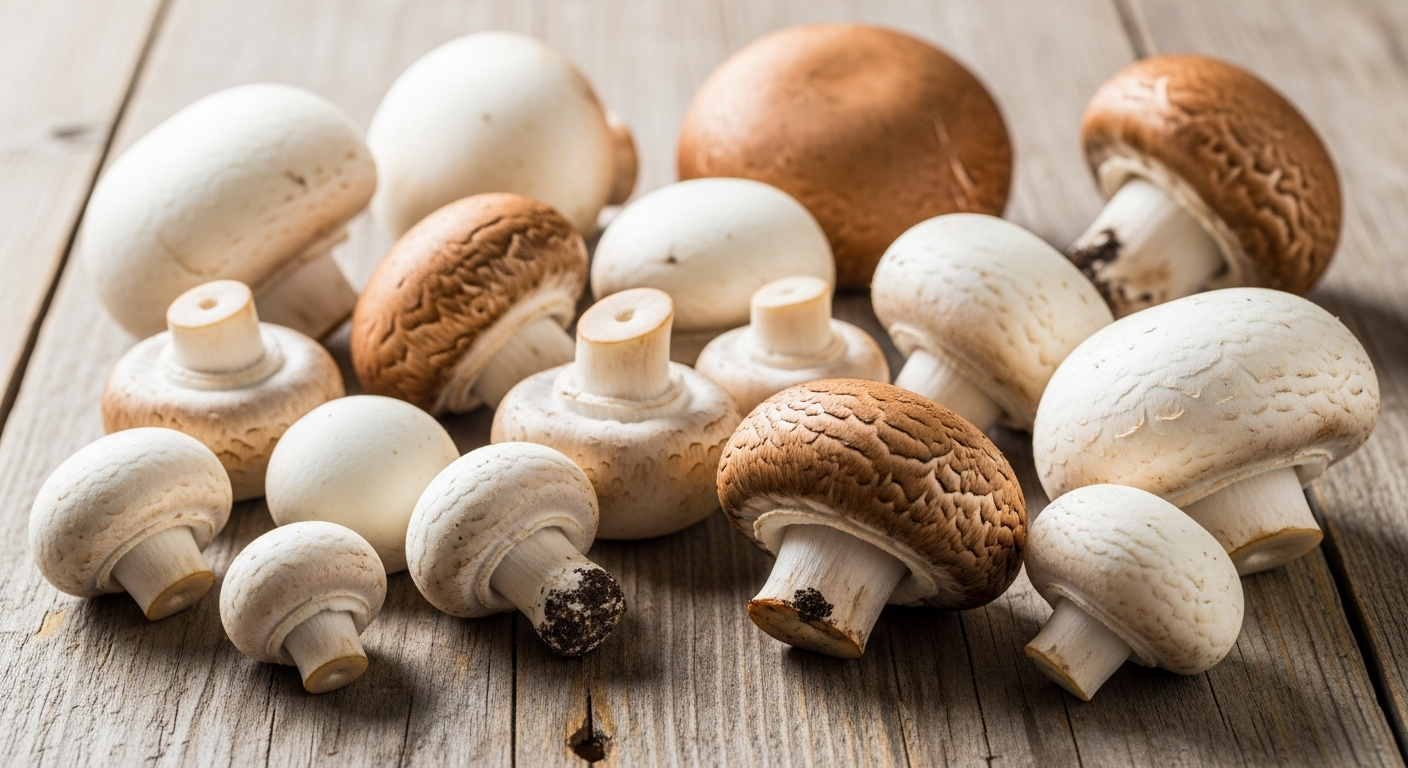
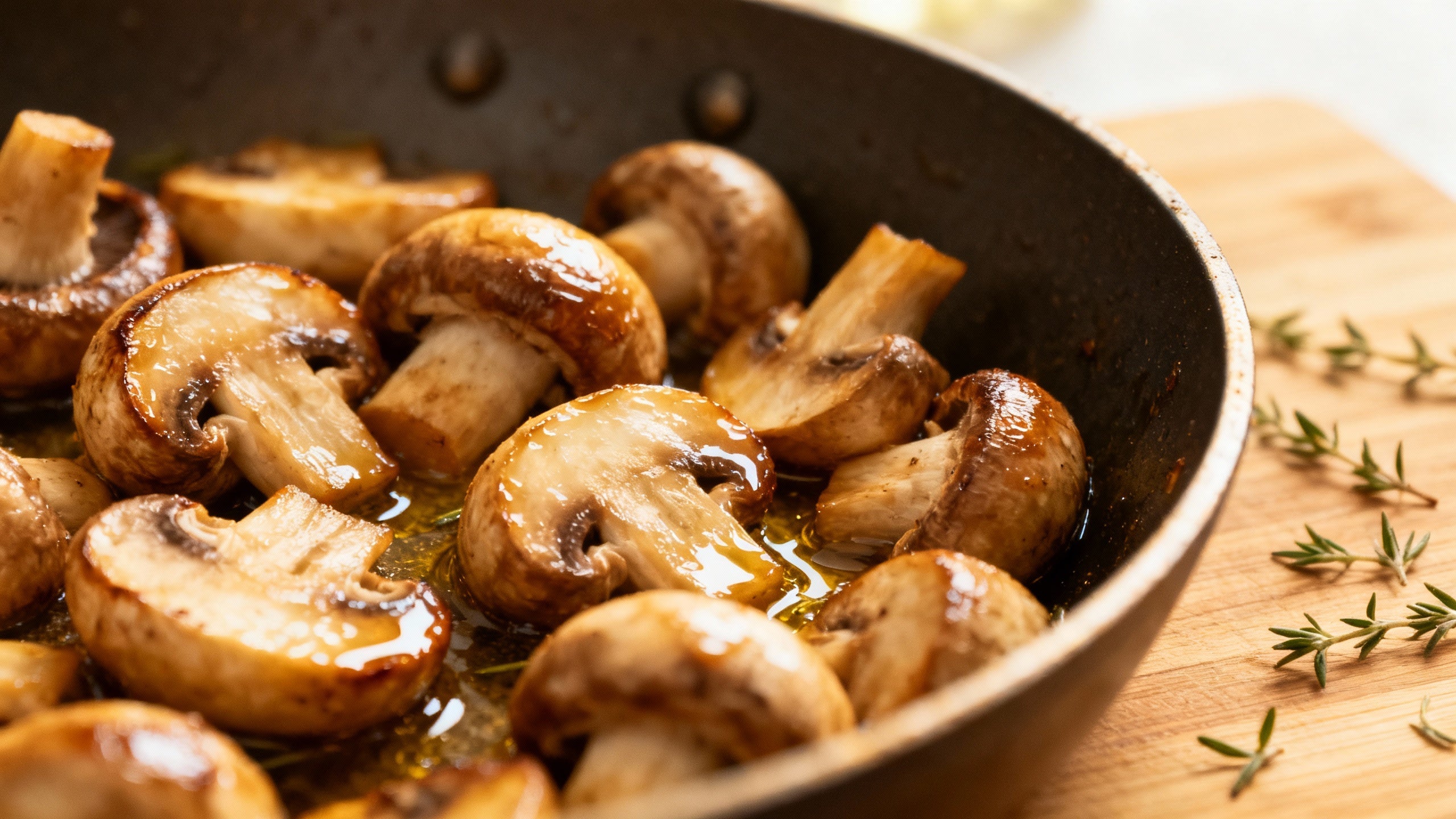
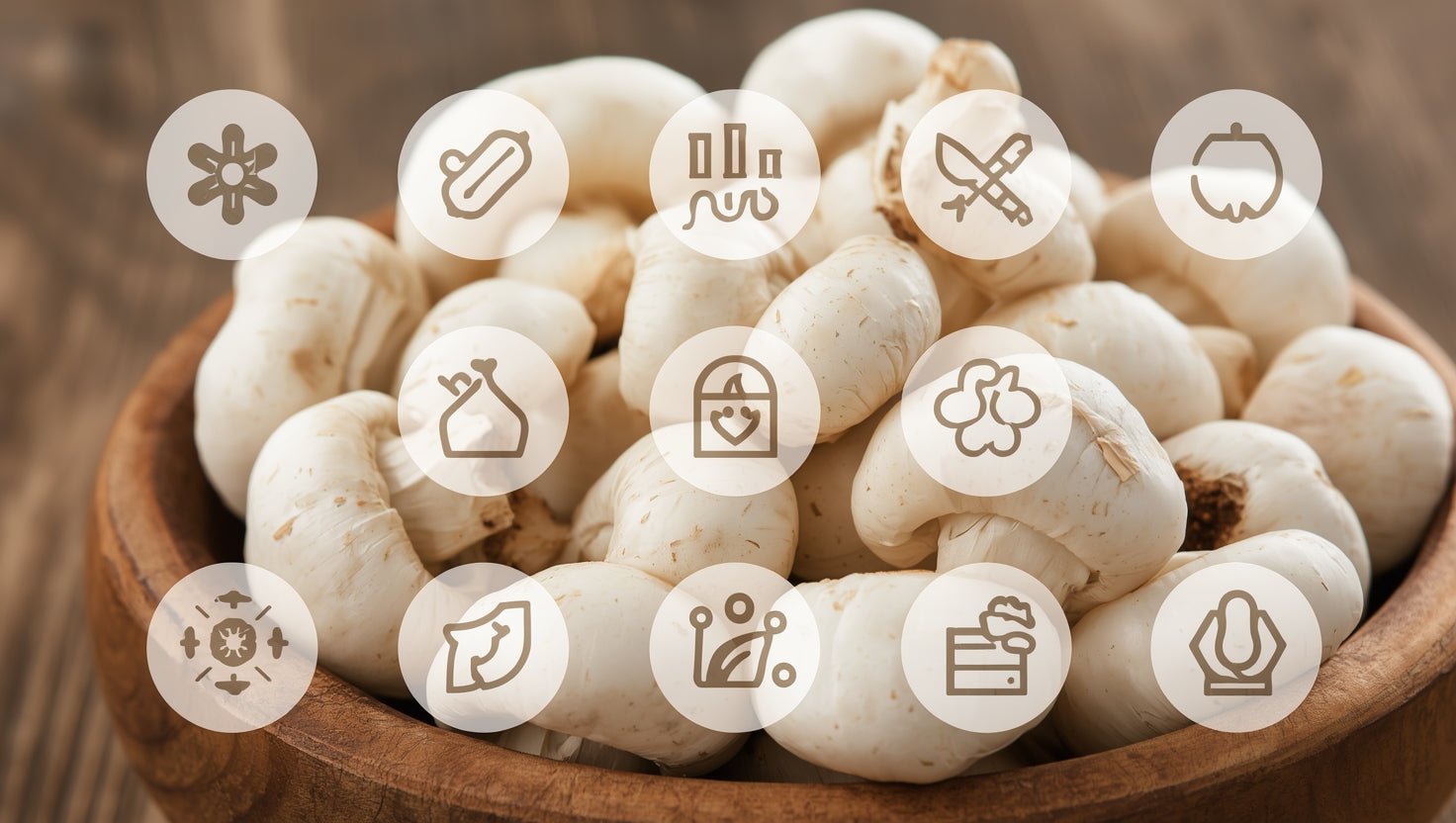
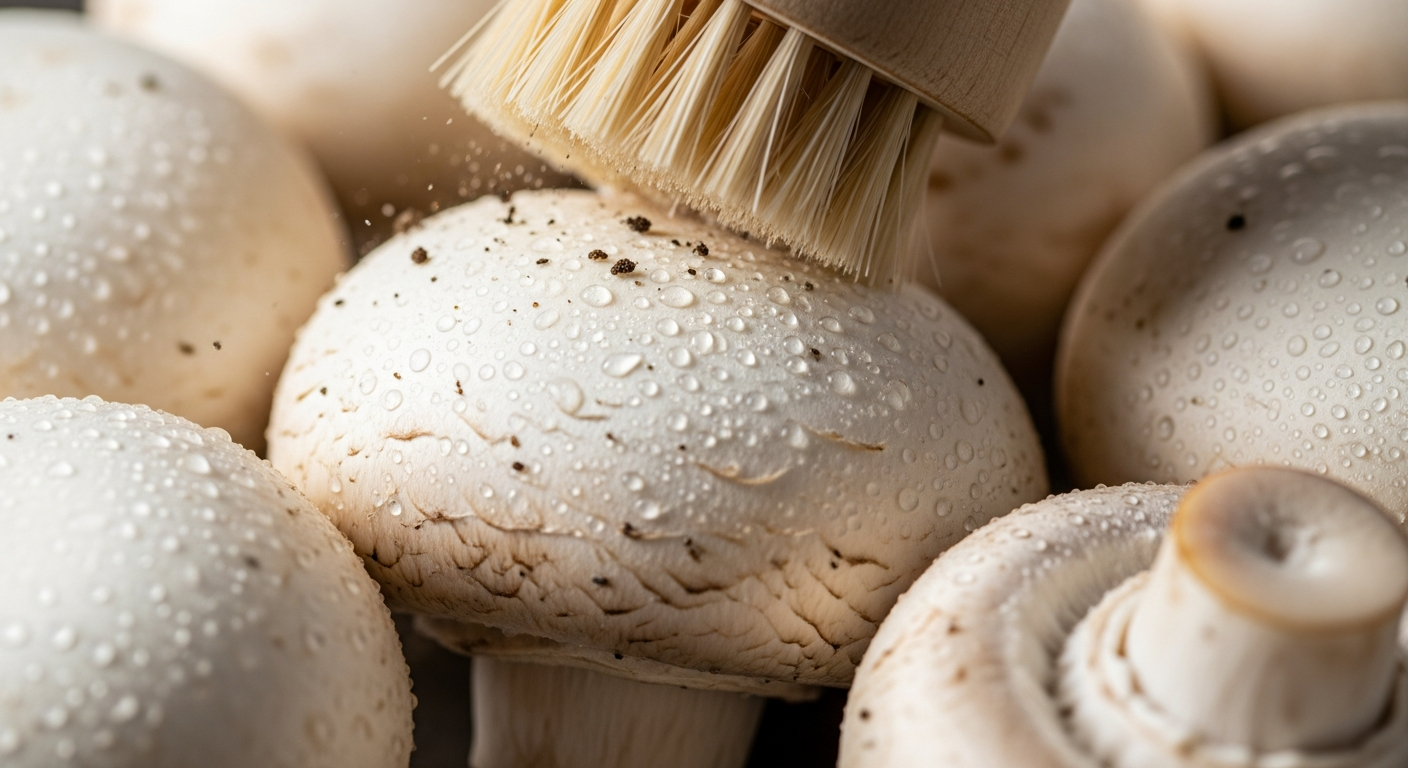
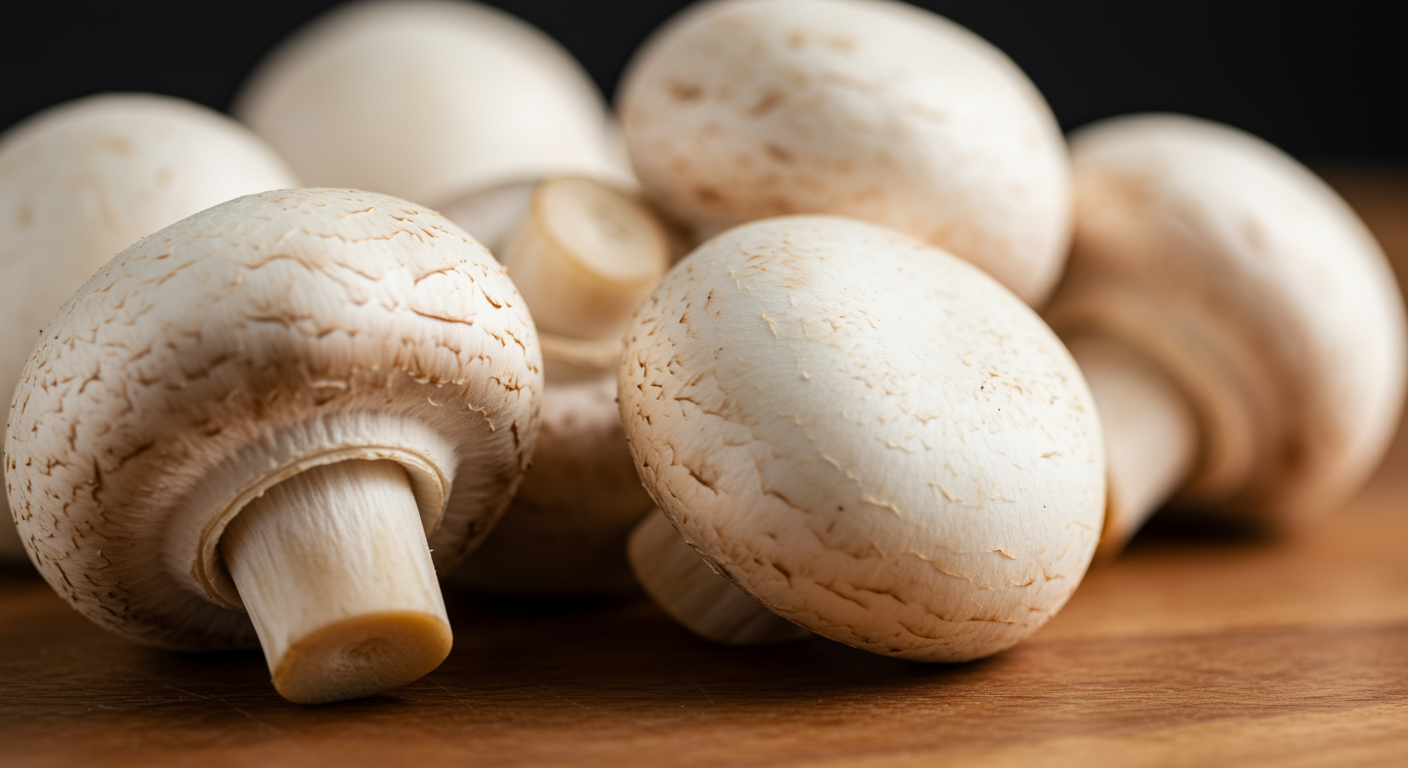
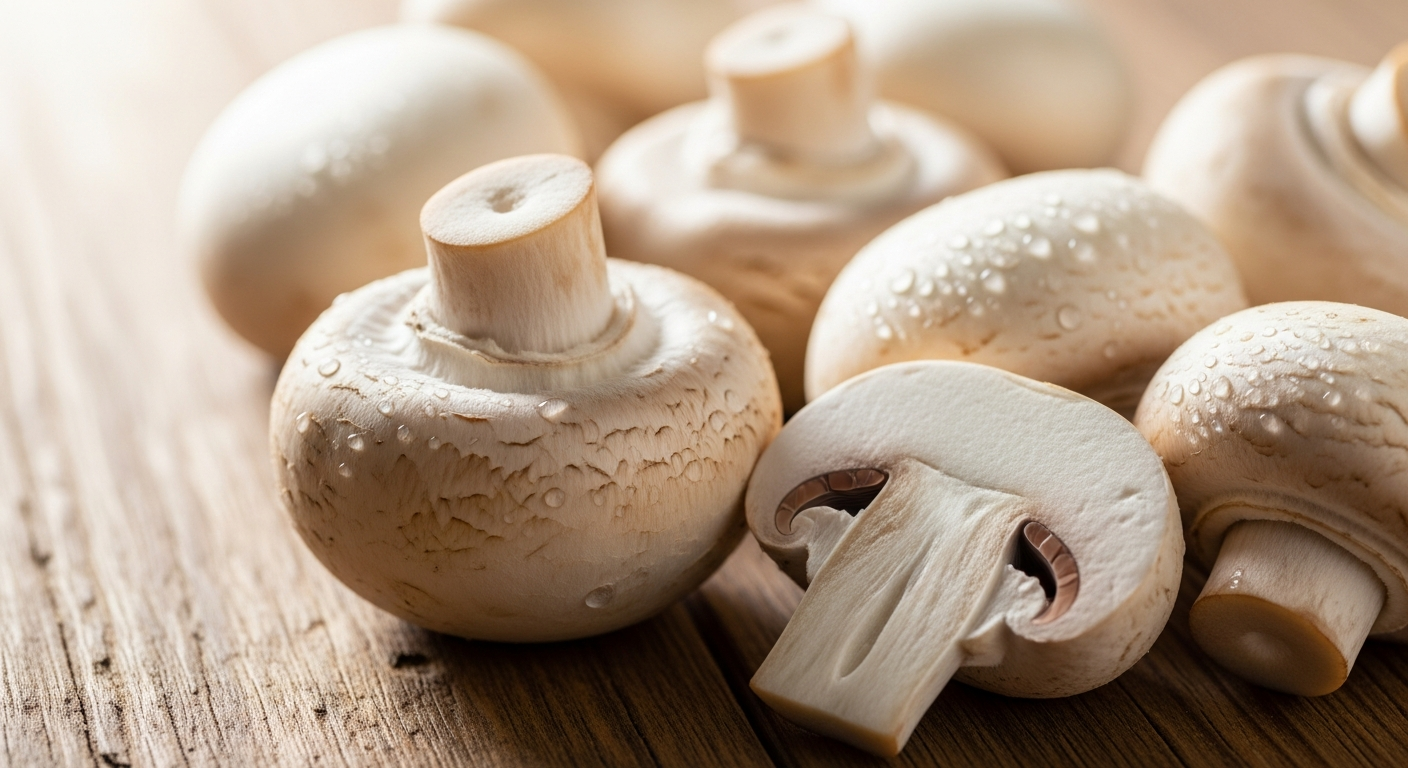
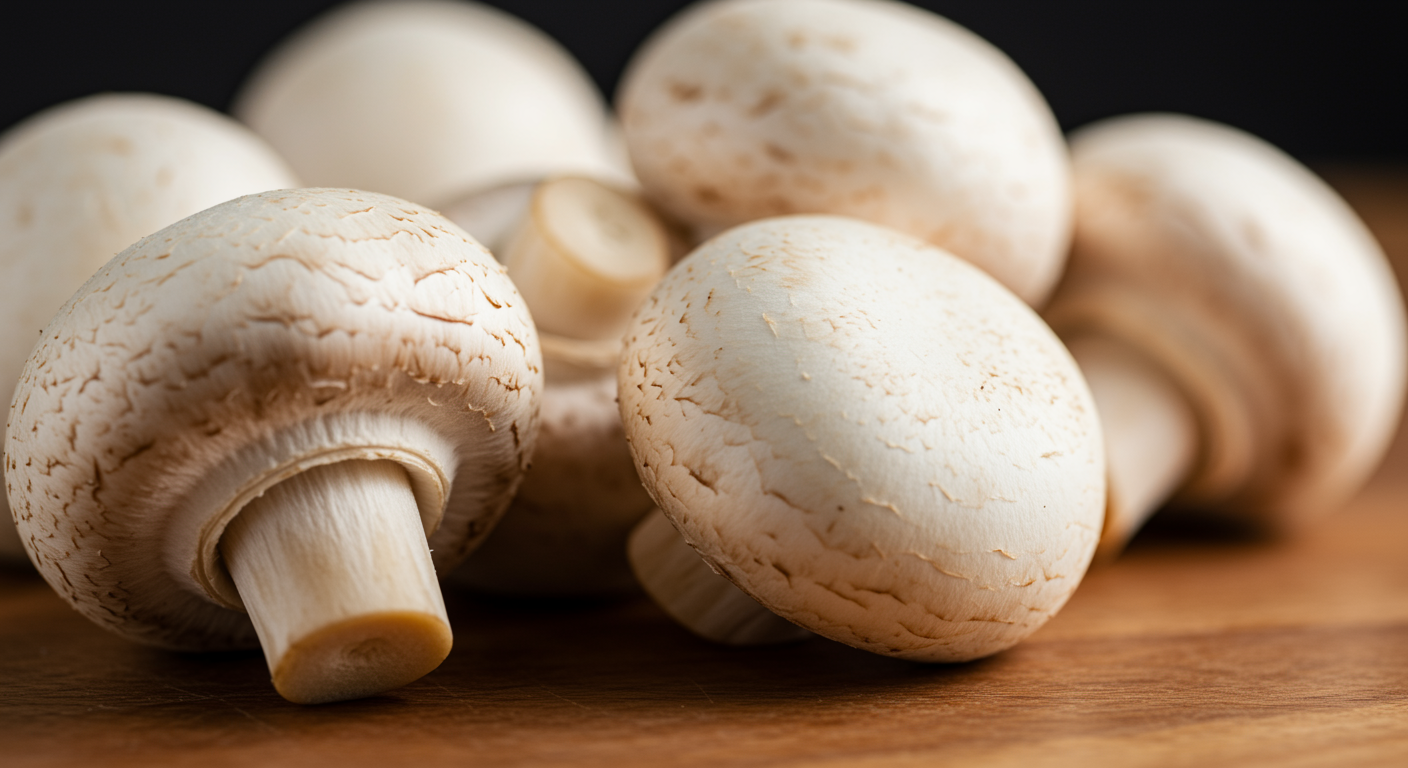
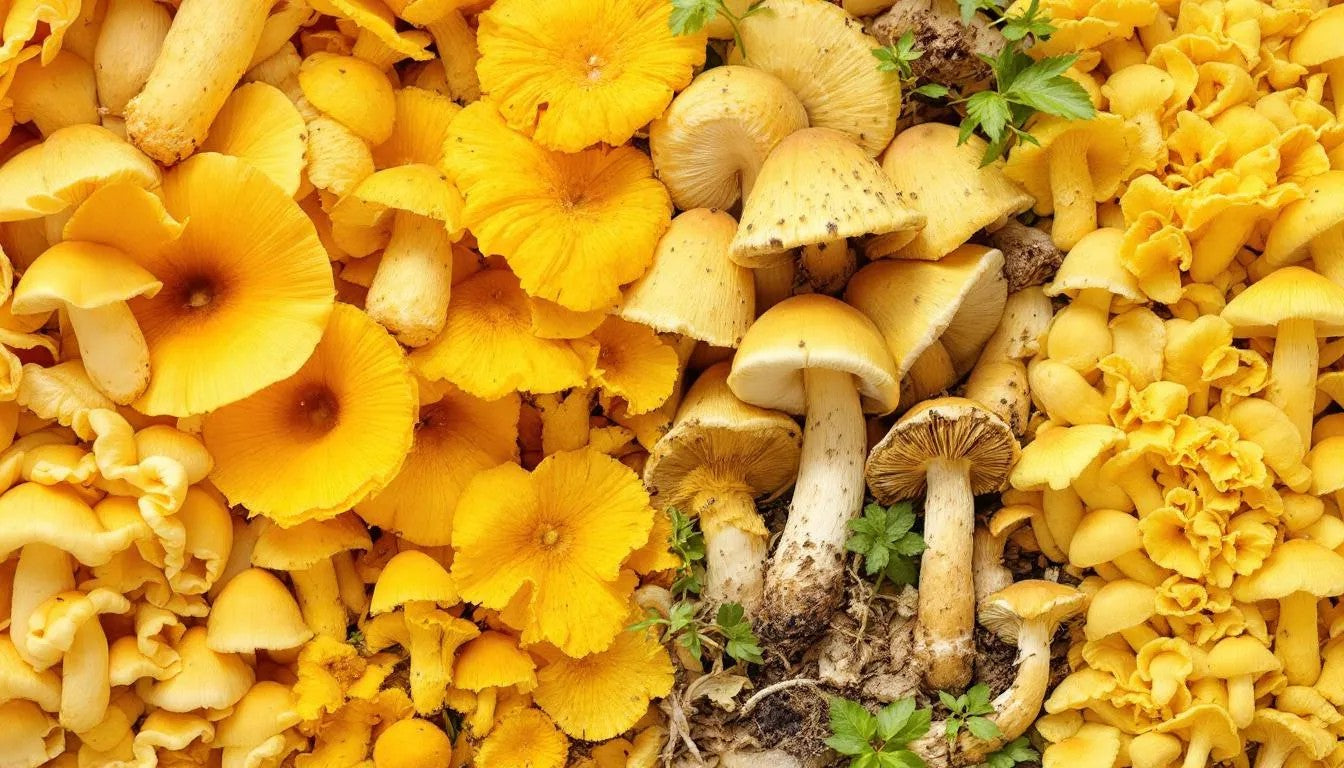

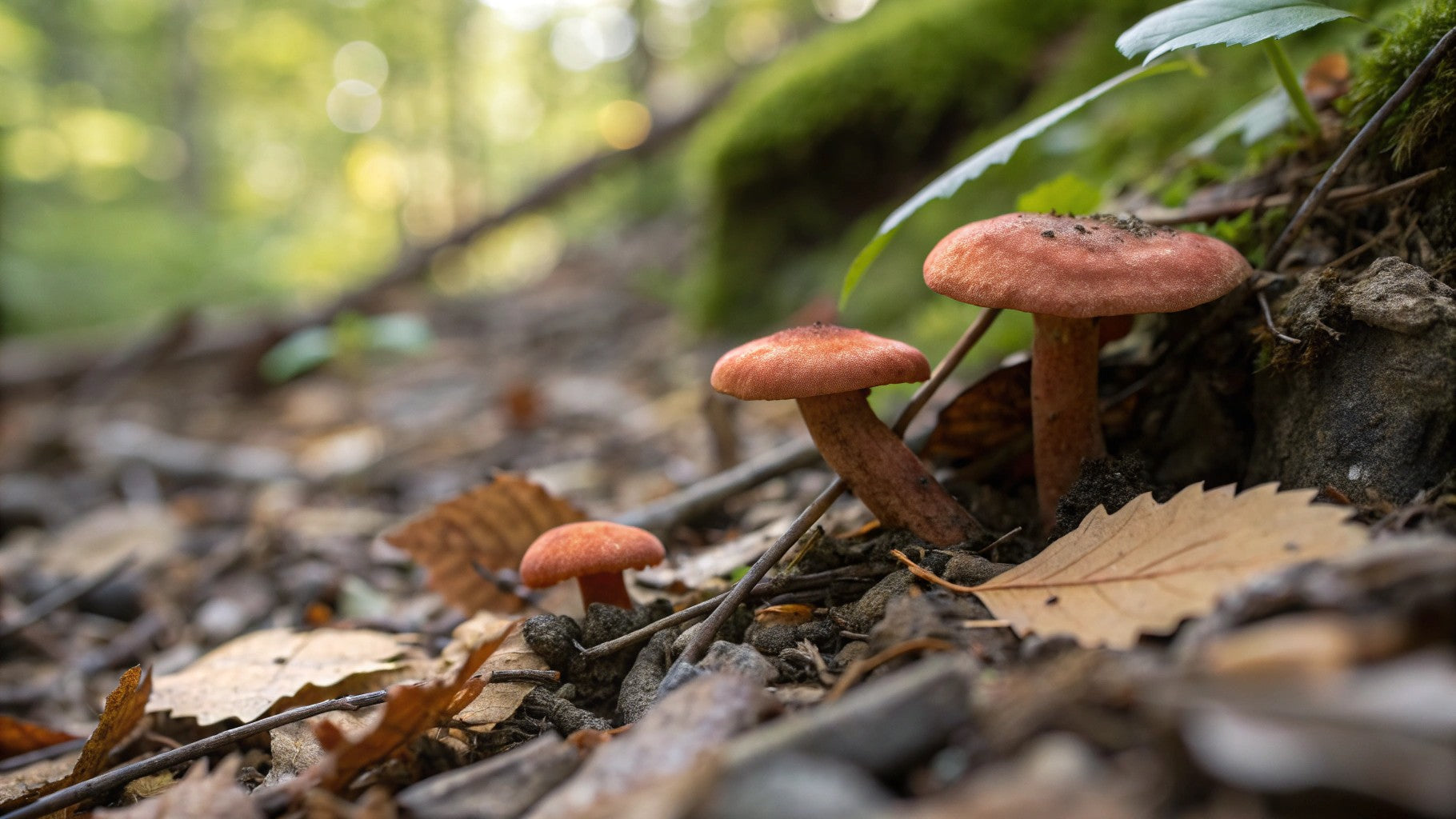
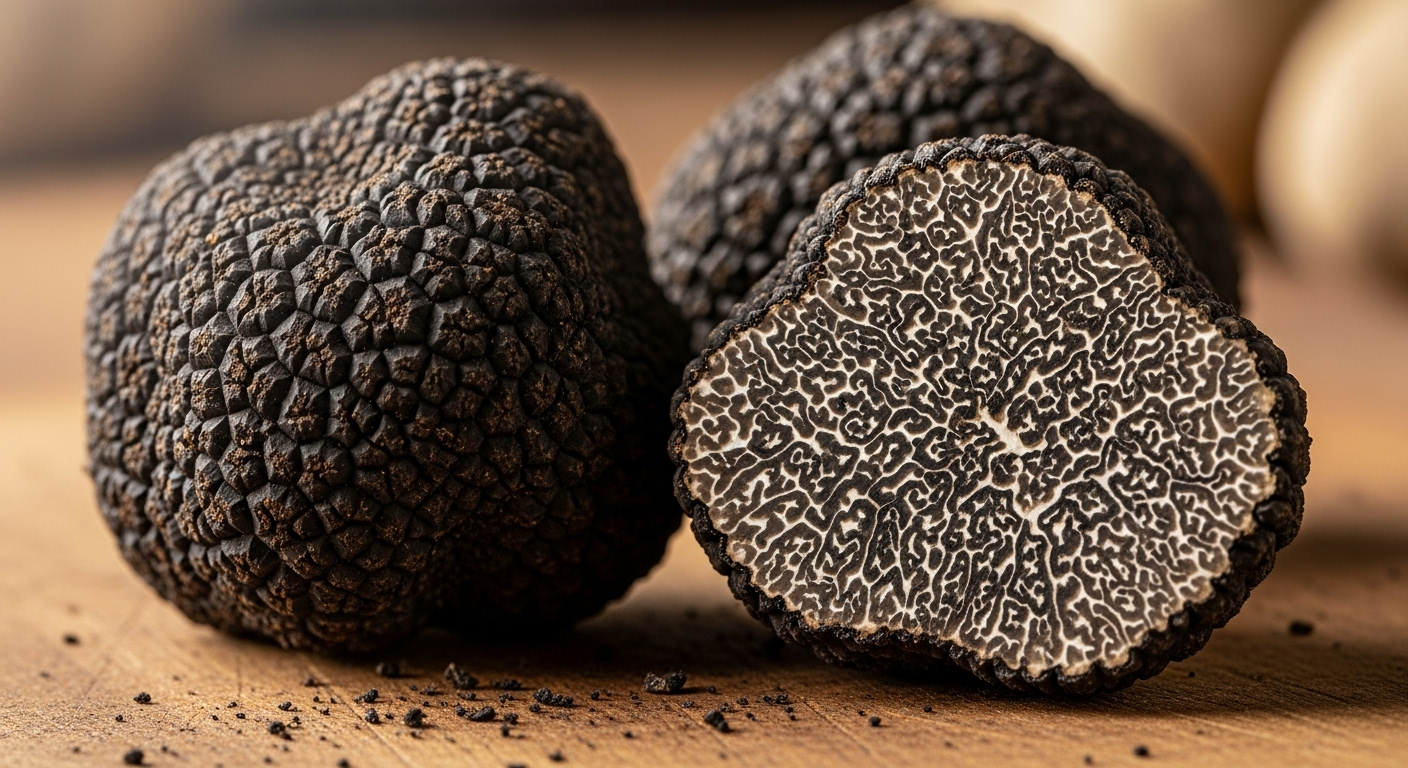
Share:
The Ultimate Cream of Mushroom Chicken Recipe
Porcini Mushrooms - Rich Flavor for Gourmet Cooking